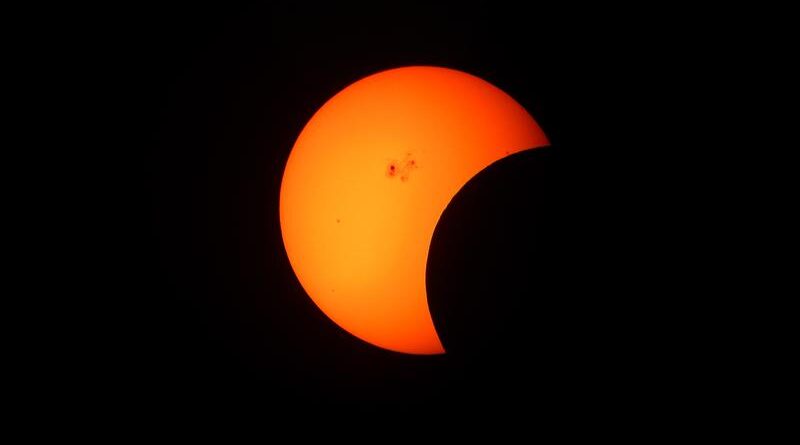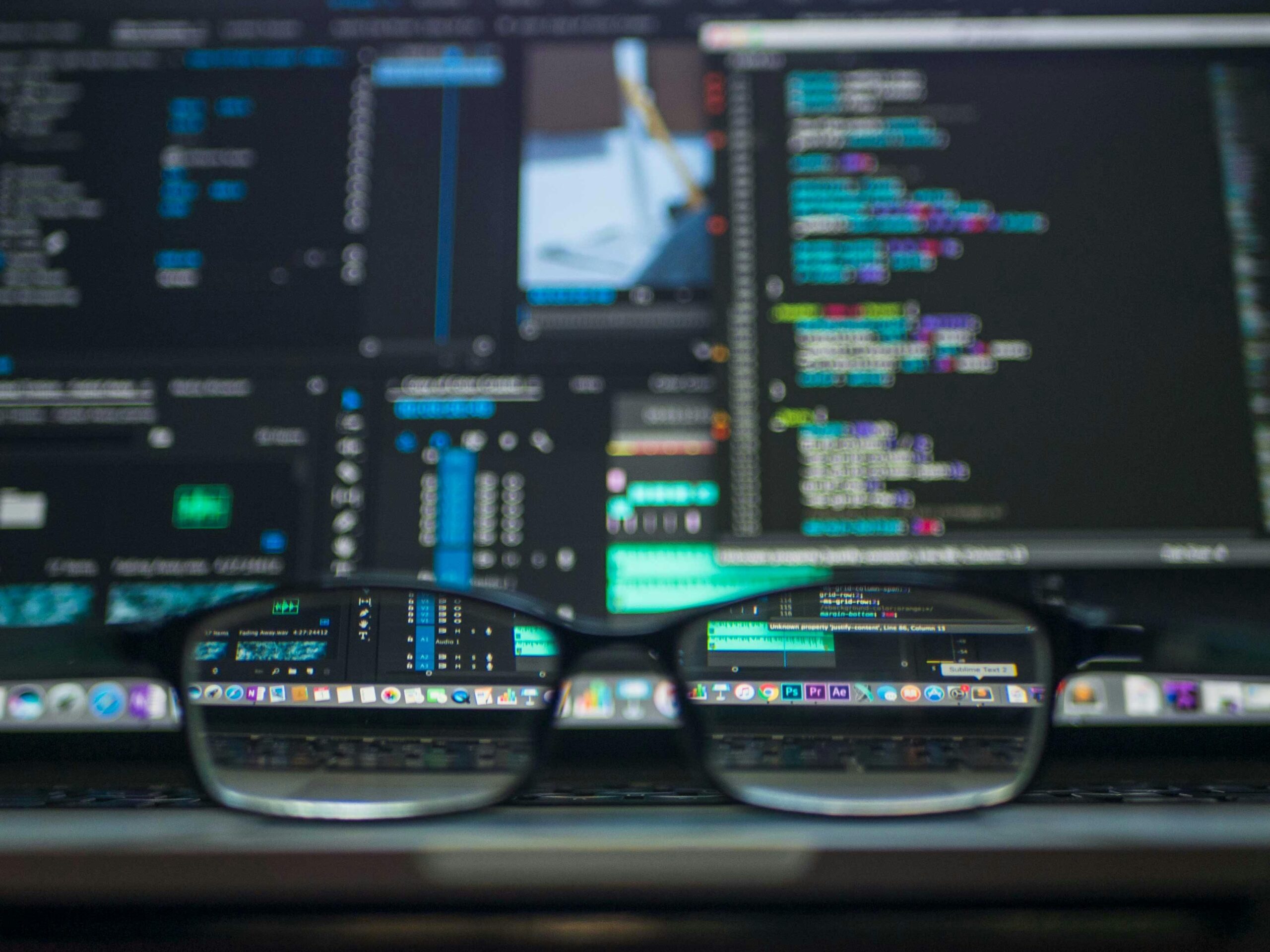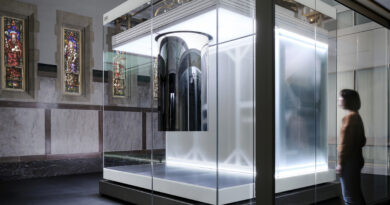Partial solar eclipse will be visible in Spain on March 29th: recommendations for its observation
Next March 29, a partial solar eclipse will be visible in several regions of Spain. During this astronomical event, the Moon will partially cover the Sun, creating a fascinating spectacle that requires precautions for safe observation.
What is a partial solar eclipse?
A partial solar eclipse occurs when the Moon comes between the Sun and the Earth, but does not cover it completely. This causes part of the Sun to be hidden, while the other part remains visible.
Where and when will the eclipse be visible in Spain?
The partial solar eclipse of March 29 will be visible in most of Spain, although the time and percentage of the Sun covered will vary according to location. It is recommended to consult official sources for specific details in each region.
Recommendations for a safe observation
Observing a solar eclipse directly can cause serious and irreversible damage to eyesight, including blindness. Therefore, it is crucial to follow these recommendations:
- Never look directly at the Sun: Neither with the naked eye, nor with sunglasses, nor through any optical instrument without adequate protection.
- Use special glasses for eclipses: These glasses must comply with European regulations and be approved for solar observation. Do not use homemade glasses or improvised filters.
- Indirect observation: The eclipse can be observed indirectly, projecting the image of the Sun onto a white surface through a telescope or a cardboard with a small hole.
- Supervision of minors: Children should be supervised at all times during eclipse viewing and the risks and necessary precautions should be explained to them.
- Consult experts: If in doubt, consult astronomy experts or health authorities for information and advice on safe eclipse viewing.
Enjoying the eclipse safely
By following these recommendations, we will be able to enjoy the partial solar eclipse of March 29 safely and without putting our eyesight at risk. Remember that eye protection is essential to avoid permanent damage.




